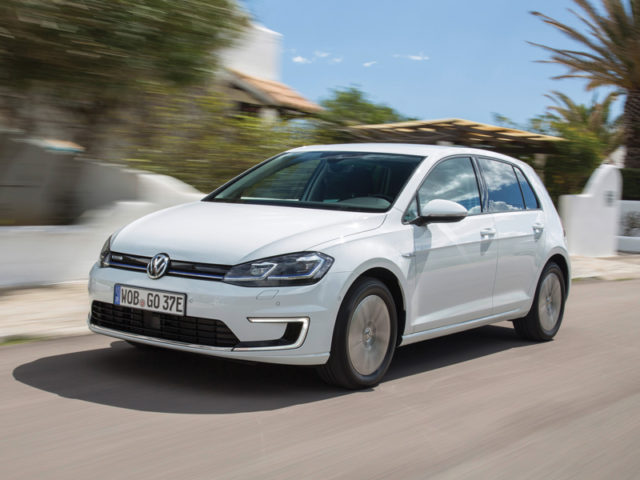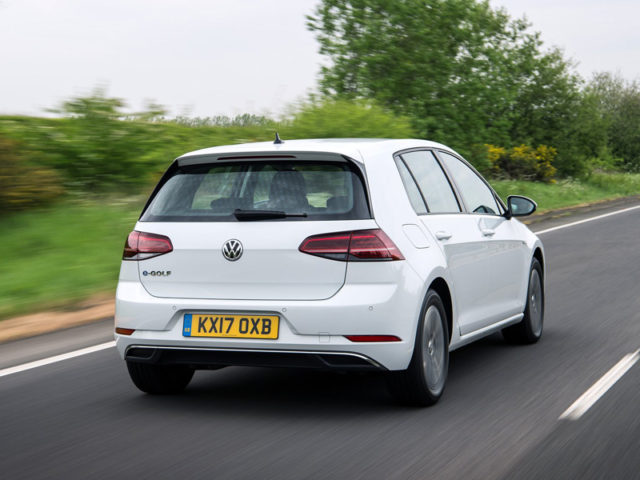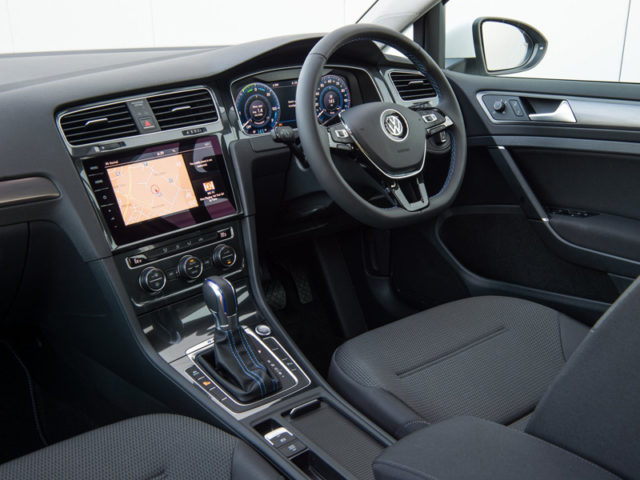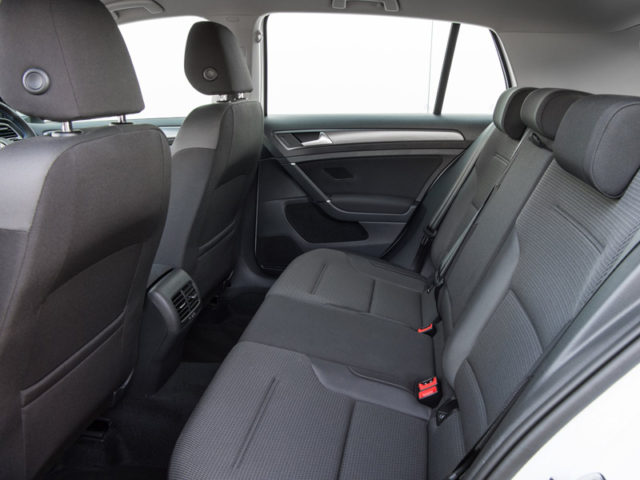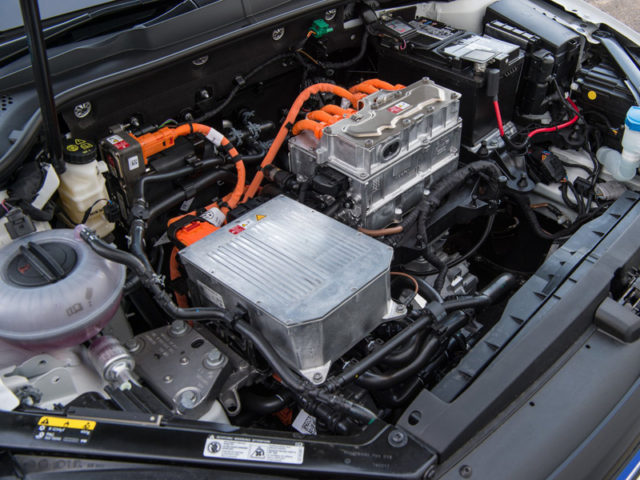Road Test: Volkswagen e-Golf
A longer range and more power make the electric Golf even easier to live with, explains Alex Grant.
SECTOR Lower Medium PRICE €36,000 RANGE 300km CO2 0g/km
Longer ranges, quicker charging, more choice and better end-user awareness means swapping to an electric car doesn’t feel like the giant leap it once used to. But ditching the combustion engine rarely feels as normal as it does in a Volkswagen e-Golf.
Even after a subtle update, this 100% battery-powered Golf is barely distinguishable from its gasoline and diesel counterparts, wearing only an aerodynamic bodykit and small, hubcap-like alloy wheels. But behind minor styling alterations, the big news is a 50% increase in the energy capacity of the battery, to 35.8kWh, with a matching uplift in range. Volkswagen claims 200km between charges under real-world conditions – for comparison, that’s 300km under NEDC testing.
If anything, that seems conservative. There are three driving modes available, and even the mid-point Eco mode easily offers a range of more than 200km at highway speeds. Around town, with frequent regenerative braking opportunities and lower loads on the motor, it can go even further. Granted, that’s still short by combustion engine standards, but the ability to travel 150km between charging stops without worrying about range only makes this feel more normal to live with.
Range updates are only part of the story. The new electric motor produces 136hp, instead of 115hp, resulting in performance that’s more like a 2.0-litre TDI than a 1.6-litre TDI. This is no performance car, but it’s quick enough for relaxed overtaking and is incredibly quiet – even for an electric vehicle – at high speeds. Soft ride quality on small wheels, and regenerative braking which can be set at three levels, or turned off completely enabling it to coast at high speed, add up to a very comfortable car.
Of course, a bigger battery affects charging times. A DC rapid charger can restore 80% of its range in around 40 minutes, which is a bearable wait on long trips, while domestic charging points can take as little as six hours. A cable for a three-pin socket is included, but as a full charge takes 17 hours it’s really only an emergency backup. Thankfully, the physical size of the battery hasn’t increased, which means boot space is still significantly larger than the plug-in hybrid Golf GTE – a benefit of not having to accommodate a battery and a fuel tank.
The e-Golf is sold in a single trim-level, based on a mid-spec Golf but adding a 9.2-inch glass-fronted navigation system with Android Auto, Apple CarPlay, two-zone climate control, a wire-heated windscreen and LED lighting. It’s not cheap, but consider this as an alternative to a 2.0 TDI DSG, and factor in local incentives for electric vehicles, and it starts to make sense. The only obvious equipment it’s missing is heated seats, which are more energy-efficient than a cabin heater in cold weather.
Unfortunately, it’s also very close to the GTE’s pricing, and, as financial incentives tend not to differentiate between plug-in hybrid and fully electric vehicles, the sportier version is perhaps this car’s biggest threat. Even when it feels this normal, not everyone is ready to ditch that combustion engine just yet.
What we think
The e-Golf makes electric driving feel almost entirely normal, but it’s facing a growing list of alternatives still offering more range, as well as the popular GTE hybrid.

